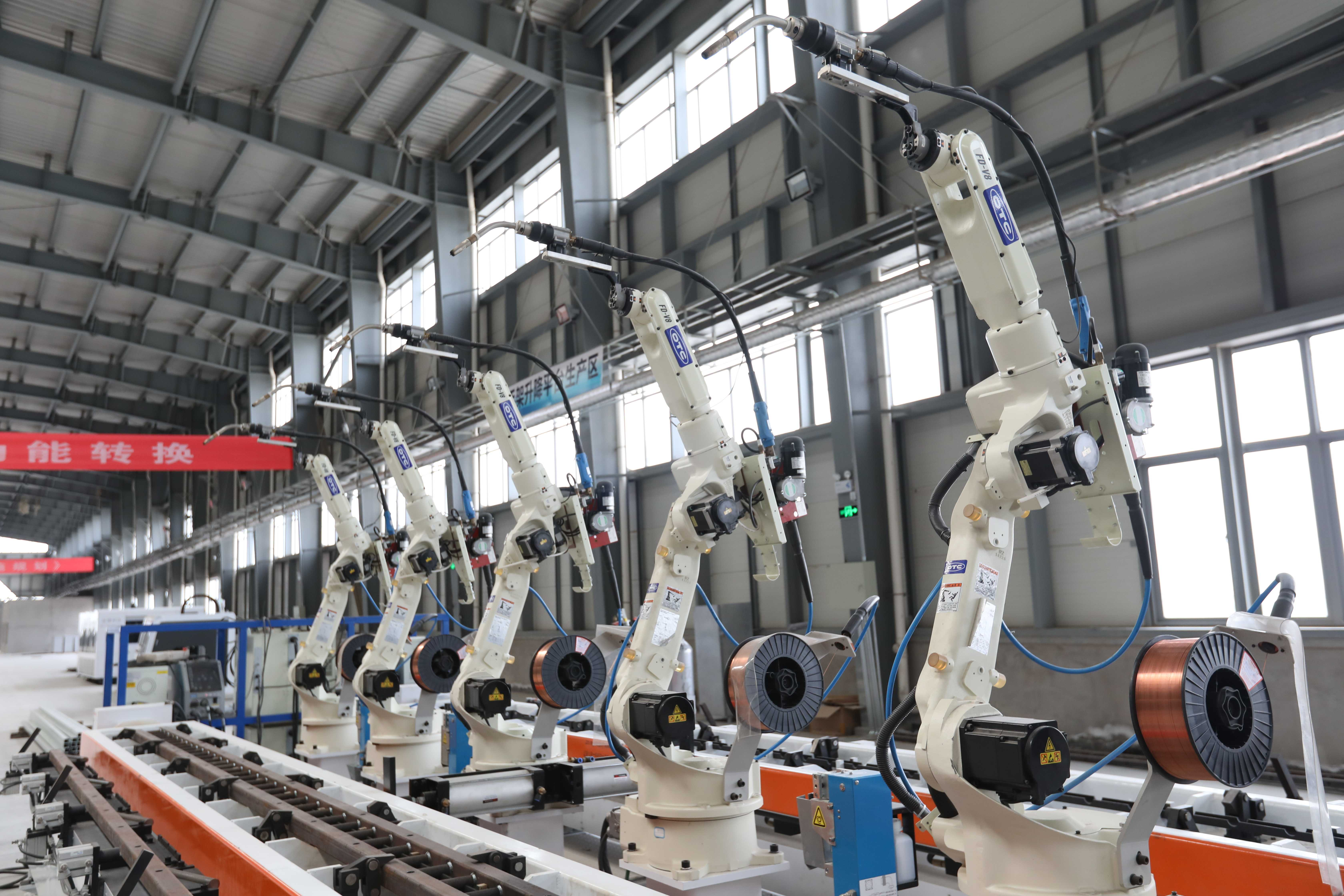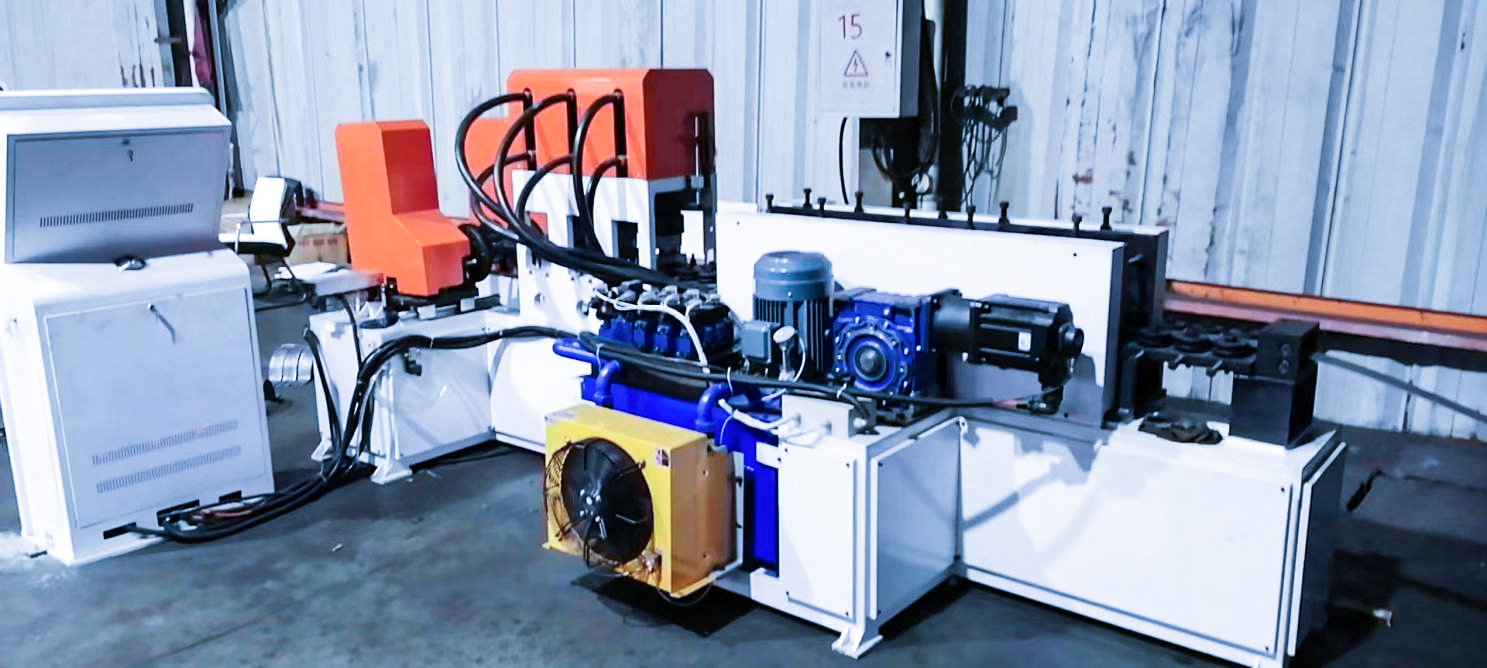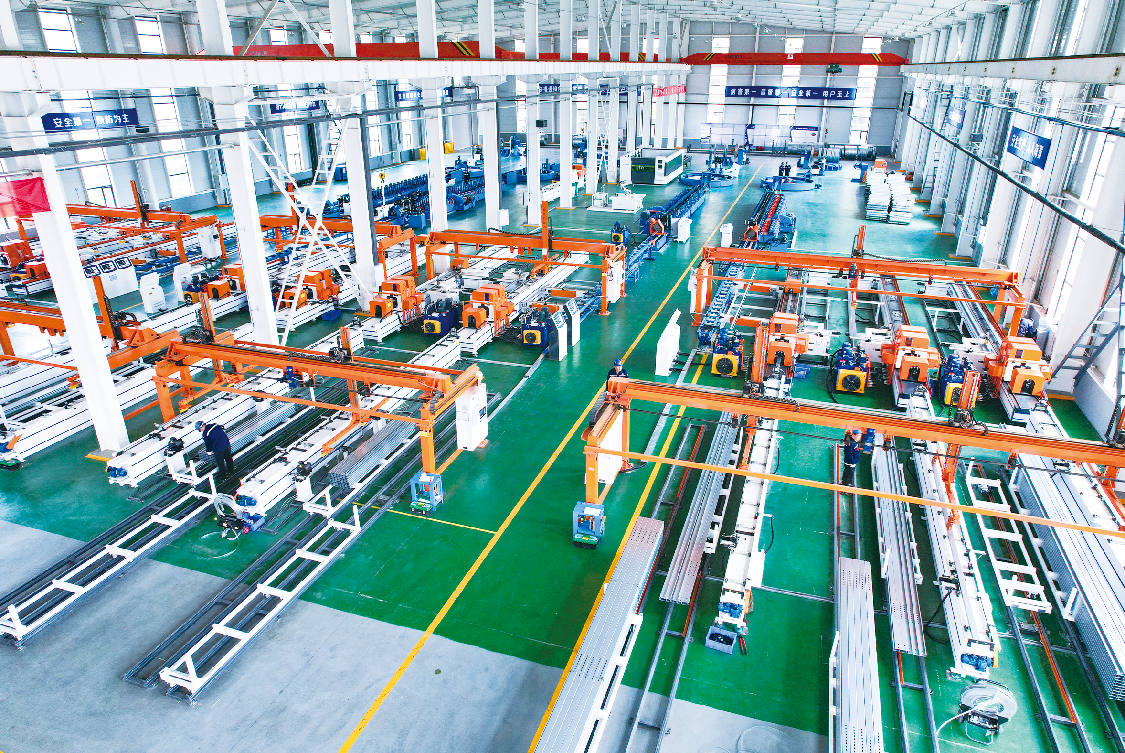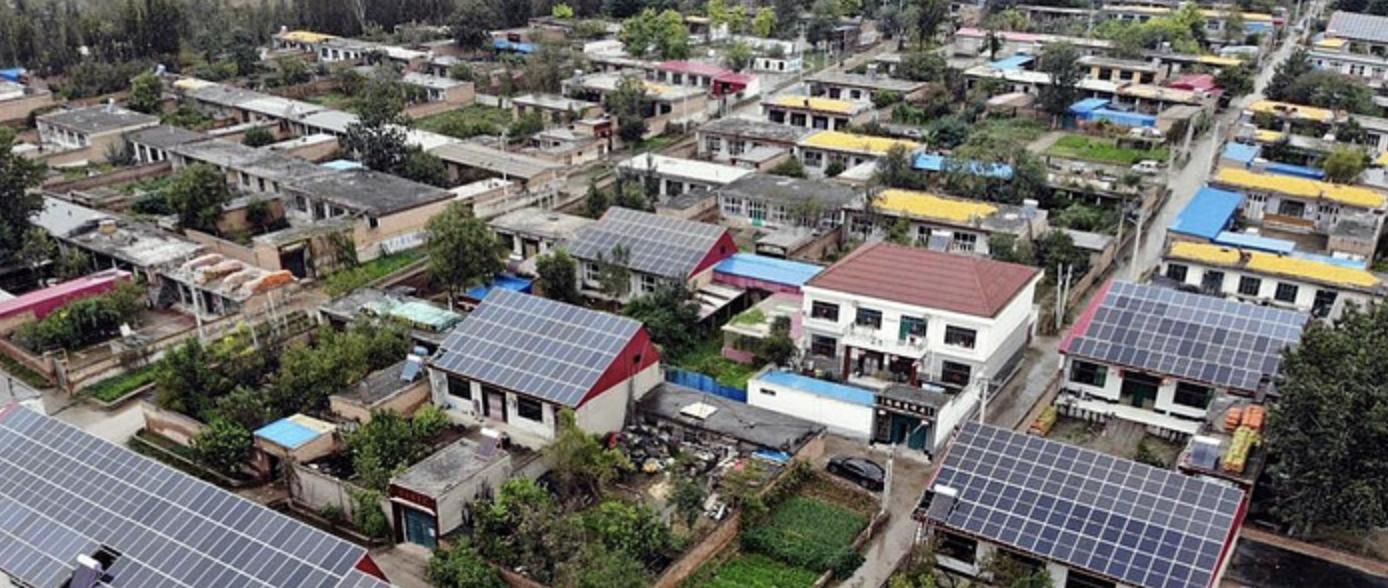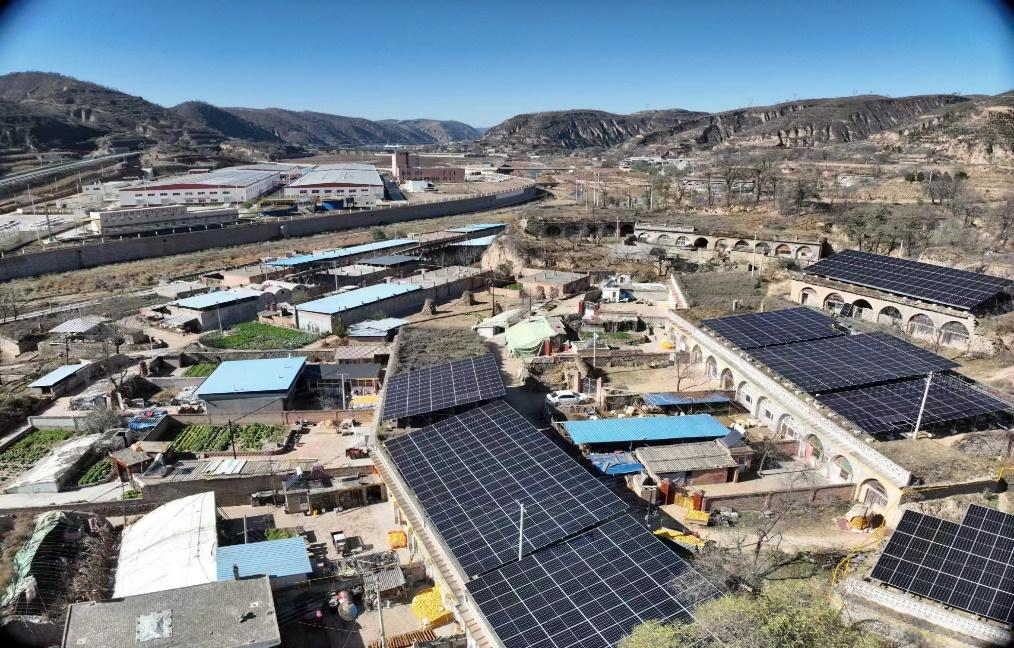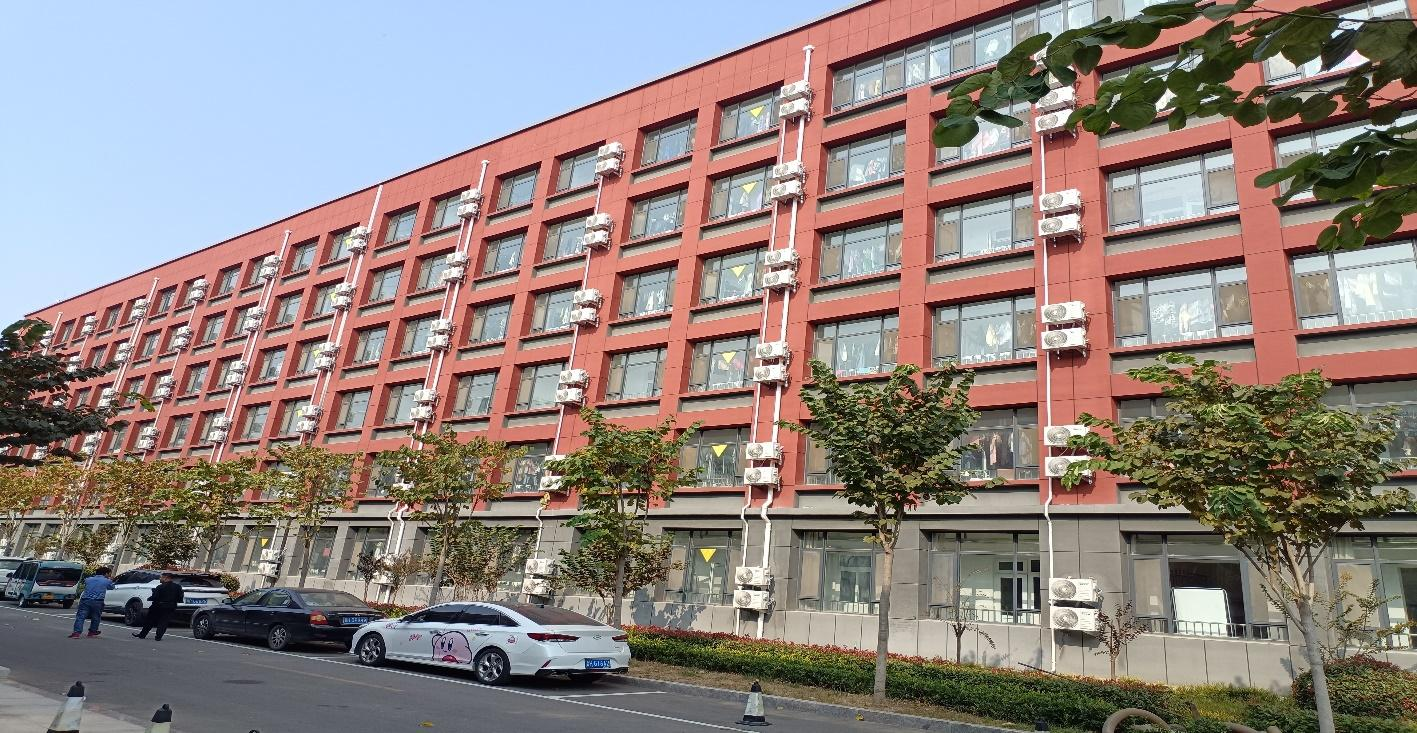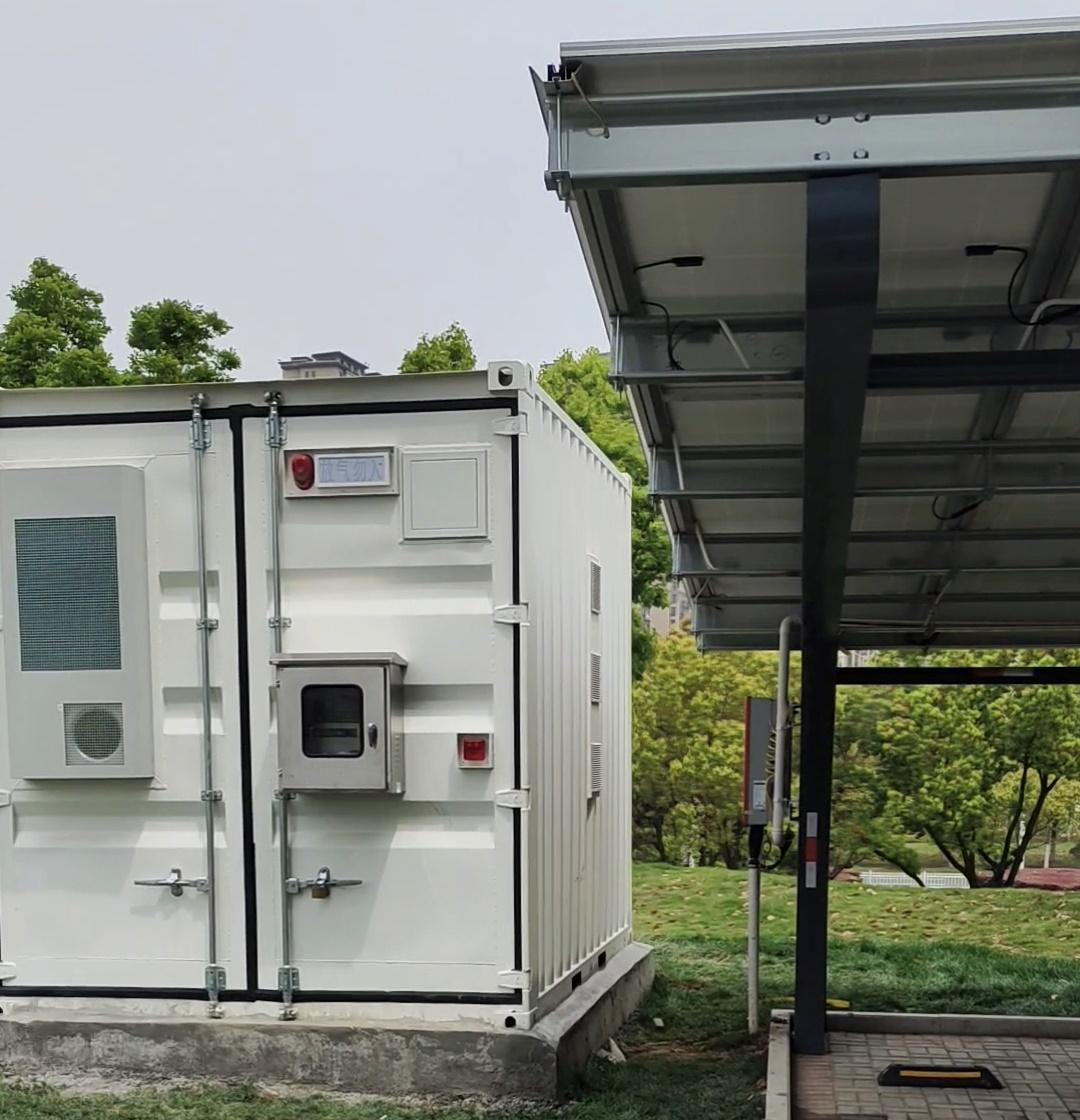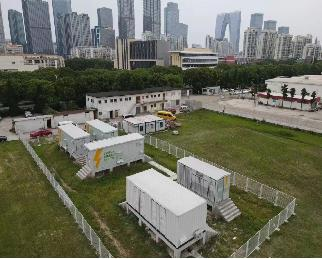Wedoany.com Report-Nov 23, A scientific group has proposed adding thermal solar panels to air-source heat pumps while also using grid heating to keep temperatures stable at night. The group modeled a system that could reportely achieve a coefficient of performance of 10.11 and represent an optimal solutions for cold climates.
Researchers from China’s Shenyang Jianzhu University have proposed a novel heating system for severe cold regions based on solar-air source heat pumps (SASHPs) and the support of the heat grid. The solar-air source heat pump coupled heating system based on the heat grid (NH-SASHP) uses the heat grid as a supportive load, maintaining low-load heating at night and reducing the electricity burden on the heat pump in periods of high heating demands.
“In the application of clean energy heating, the development of a low-carbon winter heat supply in severe cold regions of China is hindered by the stability of heat sources,” the group said. “To ensure the smooth transformation of traditional energy to clean energy heating modes, the feasibility of a heating system coupling traditional and clean energies was studied using the heating system of an office building in a cold region of China as the research object.”
The research began with investigating the use of the system in an actual office building in Shenyang, Northeast China. Currently, an air-source heat pump (ASHP) is used to heat the 236 m2 building to a temperature of 20 C. Analyzing the ASHP's performance in the coldest month of January, when the average temperature is -12.23 C, the academics found that two of the three floors failed to reach the 20 C target temperature.
“There were three reasons why the heating temperature did not meet the design requirements,” the group highlighted. “The first is insufficient capacity of the ASHP equipment, the second is no heating at night, and the third is that the heating capacities of the ASHPs were significantly affected by the environmental temperature.”
To solve those issues, the team has proposed an NH-SASHP set-up simulated using the TRNSYS software based on data collected from the building. The ASHP has a max heating capacity of 15 kW, max input power of 5.19 kW, and max coefficient of performance (COP) of 3.66. The central heating was simulated to have a heat load of 30 kW and a heat exchange area of 0.7 m2. The thermal solar collector had an area of 127 m2, and the water storage tank had a volume of 1 m3.
The system was configured to use the ASHP when the room temperature fell below 20 C. When the temperature difference between the solar collector's inlet and outlet exceeds 8 C, it also kicks into action, stopping when the difference is below 2 C. The heating grid would kick in mainly at night, when the room temperature drops below 16 C, and would stop once the room temperature reaches 18 C. The system was stimulated to work during the heating months when the average outdoor temperature is -5.39 C, and the solar radiant intensity is 1004.48 kJ/h/m2.
“The total electricity consumption of the NH-SASHP system during the heating season was 4,629.82 kWh. Compared with the ASHP and SASHP systems, it reduced 4,779 kWh and 2,463.73 kWh, respectively, and the energy efficiencies reached 50.79 % and 34.73 %, respectively,” the scientists said. “The solar contribution rate fluctuated in the range of 35.47 %–64.85 %, and the greater the solar contribution rate, the greater the improvement in the COP of the NH-SASHP system.”
The results showed that the proposed system's COP ranged from 4.25 to 10.11. In March, the NH—SASH system COP exhibited the largest lifting range, 166.75 % higher than that of the ASHP system. According to the findings, the operating cost of the NH-SASHP was CNY 7,568 ($1,045), which is approximately 72.3% of an ASHP system and 81.5% of a SASHP system.
